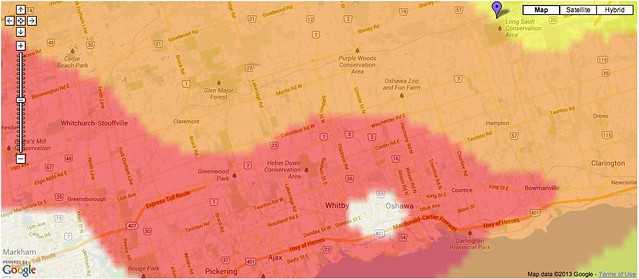Charles Messier’s first globular cluster in his catalog, M2 was a challenge for me because I was not familiar with the Aquarius Constellation. I had to borrow Arnold Brody’s large sky atlas because it showed more faint stars that I could hop than The Evening Sky Map was showing. This has made me even more comfortable with my finder scope and now have a better understanding of its footprint in the sky.
This was my 6th straight night of observation during what has been an amazing week for stargazing. I was back at the DRAACO dark sky site and it looked even darker than last night except there was a little bit of a breeze. I even brought my binoculars for use between breaks. Tonight’s primary targets were M2 and M92.
Last night, my finder scope’s objective did not dew but its eyepiece did. This time, I made it a habit to keep the eyepiece cap on between use and it helped delay dew formation.
Object #11: M2
Location: DRAACO, Orono, ON
Date/Time: Sep. 28, 2013 8:55 PM
Constellation: Aquarius
Seeing: Excellent
Telescope: D=305 mm F=1500 mm
Magnification: 83.3 x @ 82° AFOV
Notes: Globular cluster with a bright center and faint arms radiating from the center.

On September 17, 2013, I officially started the pursuit of my Messier 30 certificate. It is an exciting awards program for astronomy club members and a way for amateur astronomers to keep track of their observations. The Messier 30 is the first milestone in AstronomyForum.net‘s certificate program. The Durham Region Astronomy Association also has one.



